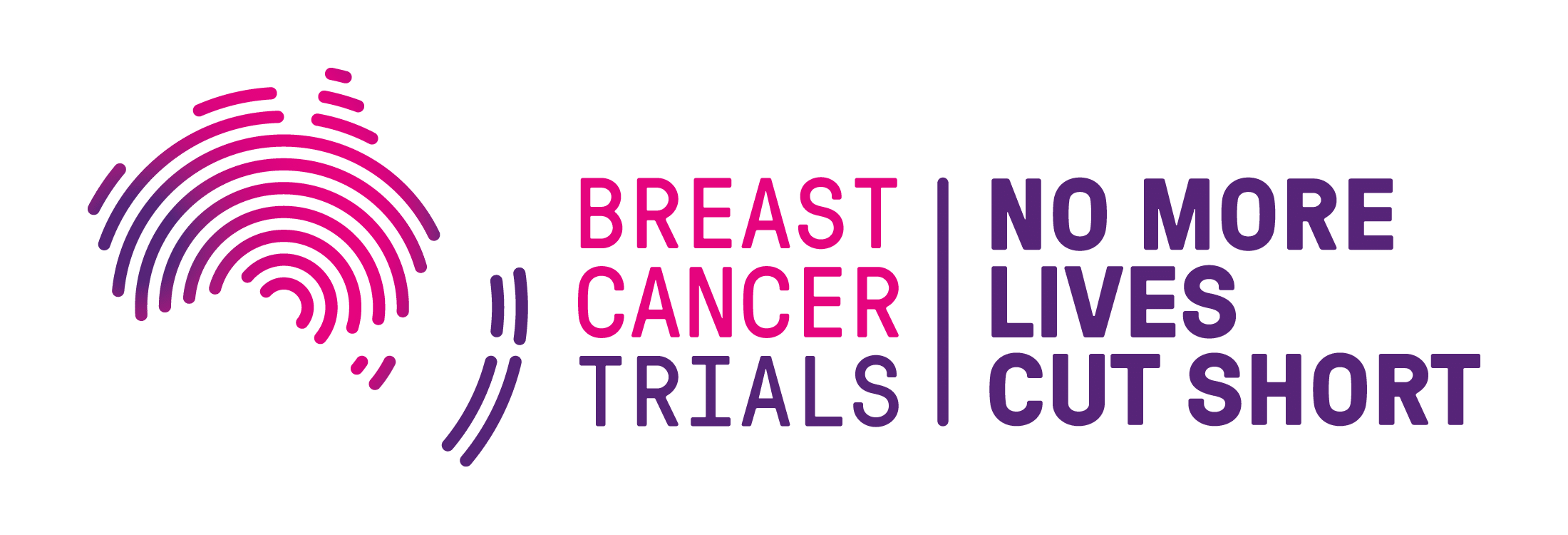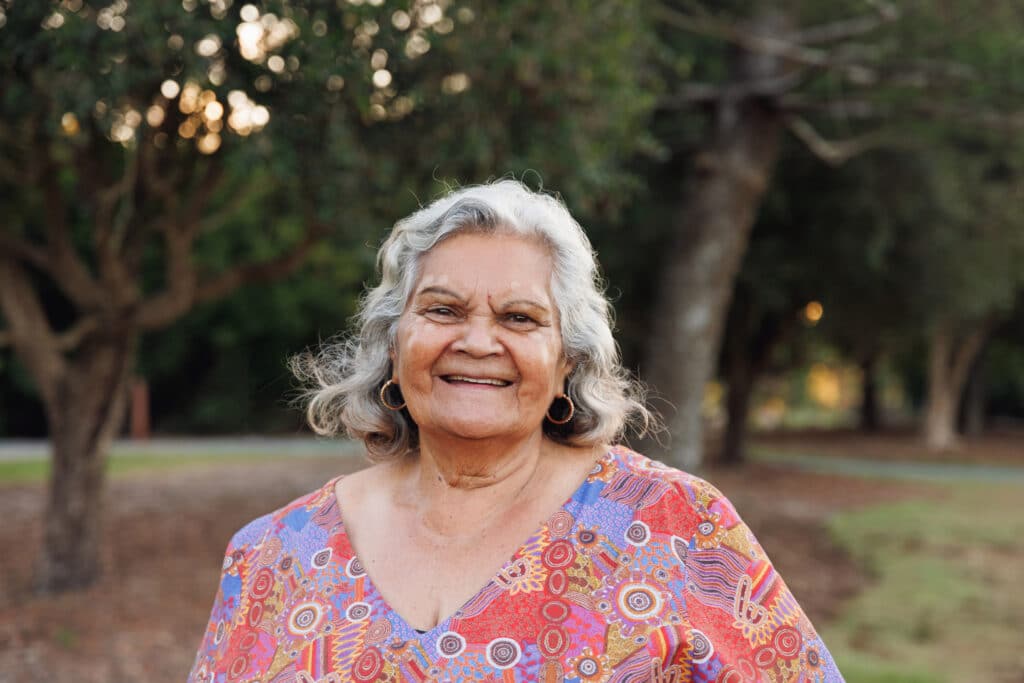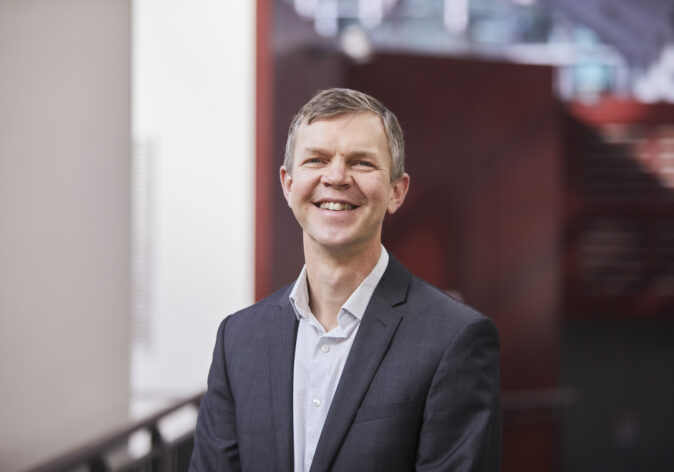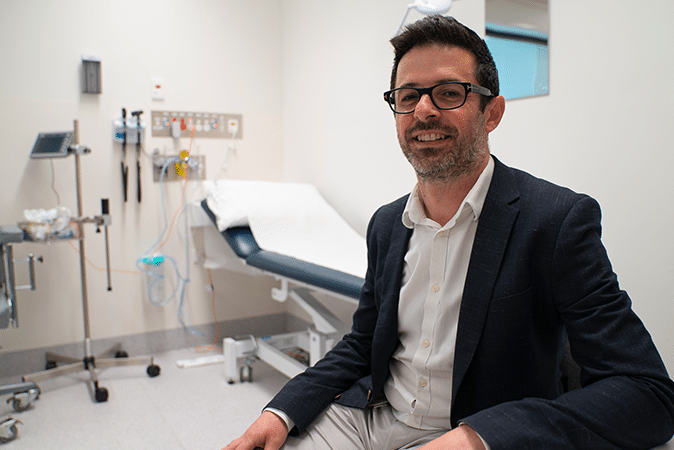Dr Rob McNeill from the University of Auckland spoke at the Breast Cancer Trials 44th Annual Scientific Meeting about the challenges of recruiting CALD communities to clinical trials.
CALD stands for Culturally and Linguistically Diverse and there is an under representation of CALD patients involved in research.
Some of the challenges that Dr McNeill outlines includes:
- communication and languages barriers
- the location of trials in urban centres
- clinical trial design and exclusion criteria, such as the ability to speak English and comorbidities
- health systems that require a high level of health literacy
- financial barriers such as the cost of travelling to hospitals, taking time off work, and paying for childcare during appointments
- a lack of culturally appropriate resources and support
This results in inequity in the opportunity to participate in breast cancer clinical trials research and the consequent loss of potential benefits, such as access to new treatments that are not available yet. This also reduces the quality of trial data, which is not representative of the whole community.
An integrated plan of activities is required to improve diversity in clinical trial participation, which includes better engagement and inclusion of CALD communities to improve health outcomes in disadvantaged groups.
Dr McNeill was also a panel member on our Q&A topic: Breast Cancer in Māori, Pasifika and Indigenous Communities. To watch the Q&A or find out more, click here.
What is the Focus of Your Research?
“So, I’m interested in the experience of Indigenous and CALD patients in general in cancer services, and part of those cancer services is their involvement in clinical trials. And so, my journey into this has been through just doing general research around cancer patients experiences of their care.”
“And through that I’ve been hearing lots of stories through doing interviews and collecting data through surveys about not just the care they’re having for their kind of standard treatment, but also their experience of being recruited and being part of these clinical trials. And then more recently I’ve been involved in getting involved in some clinical trials here and specifically looking at patients experiences of being recruited and being part of those trials.”
“And my teaching background also gives me an interest in this because I teach on the social determinants of health. So, I’m specifically interested in the social factors that create barriers or enablers to patients’ engagement in services to keep themselves well, just in general. And how people’s resources, how their culture, how historical events might help us to understand why a particular culture might mistrust the health system, for example.”
“I think it’s important to understand the factors that are going to influence these populations willingness to be recruited into studies, and I think it’s important to understand what’s going to help them keep in those studies as well. Like, how are we going to maintain them in the trials once they are recruited? I mean, I think there’s two things to understand why we’ve got such low recruitment rates, or lower recruitment rates for indigenous and called patients in clinical trials.”
“Part of that is what I’d maybe refer to as clinical factors. So, we have exclusion criteria in trials. So, for example, excluding patients because they have comorbidities. And we know that particularly Indigenous populations, but also CALD populations tend to have greater levels of comorbidities.”
“They’re more likely to have other conditions that are going to exclude them from trials. We also know that clinicians have more of a reluctance, perhaps, I’m not sure reluctance is the right word, but are less likely to try to recruit CALD and Indigenous patients.”
“I mean, partly it might be just a perception that it’s going to take more time. It might be perhaps some unconscious bias that is meaning that they don’t even try to recruit CALD and Indigenous patients. And then on the patient side, and their family’s side of things is, you know, there’s a whole range of social factors like socioeconomic status.”
“There’s a whole lot of factors around economic and social resources. Patients are going to have financial barriers if they are from lower socioeconomic groups, and we know that Indigenous populations are much more likely to be in lower socioeconomic groups.”
“And so, you know there are also barriers to actually get to where the trials are. Barriers to being able to leave their family or children, like childcare responsibilities, transport. Even just getting access to a car to get to the hospital where they can be recruited to the trial. That becomes a barrier.”
“And then you’ve got cultural barriers. So, our health systems, both in Australia and New Zealand, they’ve been set up in a very Western kind of structure. That traditionally and historically hasn’t worked well for Indigenous populations. And it’s also very heavily English dominant, and so CALD populations, particularly those who have English not as a primary language are going to find it very difficult to engage with those services.”
“We’ve also got health literacy as being an issue for a whole lot of reasons, but we know that Indigenous and CALD populations are likely to have lower health literacy and I think that particularly plays out in their understanding of what the trials are about. This perhaps can influence their awareness of trials because of the language that gets used partly, and also, I think this is really a central part of the sort of research that I do, as it impacts a lot on their ability to navigate through the system.”
“Our health systems are complex and can be quite scary. So, for those populations who are less likely to understand how those systems work, it’s very difficult to access. And so that goes not just for the general health system, but also for navigating your way into a clinical trial.”
“Trust is another big issue, and we know that our histories in both Australia and New Zealand, is not a great history with both our Indigenous and CALD populations, but I think particularly with the Indigenous populations, things that have happened that have driven down the trust that those populations have not just with the health system, but with our governments in general.”
“And to overcome that is to try to overcome generations of mistrust. And I think that’s a really difficult thing to get around. And I think maybe the other thing that I haven’t talked about, and that’s particularly for the CALD populations, is language. Language is a big barrier. And a lot of trials still have exclusion criteria for people who are not fluent in English.”
“Is it ethical for us to do that? Like if you think about our health system, we can’t exclude people from receiving treatment in our health system because they can’t speak English. But for some reason we can exclude them from clinical trials that are potentially providing them with treatment because they don’t speak English. So, I think that’s a really difficult and interesting kind of conundrum for trialists because they’re not necessarily funded to try to overcome all of the language issues that they might have.”
“So, I mean two main outcomes is that these people, if they’re not part of these clinical trials then they are not getting access to some potentially good treatments for their disease, and so that’s a real negative for them. And on the researcher’s side of things, we’re not getting the best quality data that we can get about these new treatments because we’ve got parts of the population who are not represented. And I think that makes it difficult to generalise those results if we don’t have proper representation.”
Listen to the Podcast
Dr Rob McNeill is a senior lecturer at the University of Auckland, and we spoke to him about his research into the challenges of recruiting Indigenous and CALD patients to clinical trials.
Does There Need to be Trials Specific to different Ethnic Communities?
“So, whether we should have special clinical trials for Indigenous and CALD patients. I think that’s a tricky thing to answer. I think in some cases there might be opportunities to do that. I think in the cancer space it can be difficult because we’re often talking about quite small trials. And so, having even smaller trials that only include Indigenous and CALD patients could get quite difficult.”
“I’m not a trialist and so I don’t want to try to draw any conclusions about how difficult that might be. But it does seem difficult, but I think more importantly, it also might not be the best approach. I think the best approach is to make all trials work for the majority of the population, including important parts of our population, who are these Indigenous and CALD patients, who are the most vulnerable people that we’ve got in our community.”
“I think one of the most important things that we can do going forward with trying to improve the representation of CALD and Indigenous patients in these trials is to follow some of the recommendations that have come out recently from a project here that was funded through the Health Research Council, and involved a huge range of clinical trial people from here, not just cancer trial people, but trialists in general.”
“And their recommendations are about increasing the collaboration and involvement of Indigenous communities. But the same could apply to CALD involvement in all aspects of trials. So, from design all the way down to implementation, having more Indigenous and CALD health professionals who are there working with patients.”
“So, there are some significant workforce issues that we need to deal with. But also, making sure that the trials have meaningful collaboration and involvement from CALD and Indigenous peoples, like both experts, involving Indigenous and CALD researchers, but also involving consumers. I think consumer involvement is a big thing that we haven’t been doing as well as we should.”
“I think it’s been a bit of a ‘tick box’ kind of exercise up until recently, and I don’t want to sound like I’m more negative. The people I work with who are doing these things, they’re fantastic people and they are doing the absolute best that they can and they’re doing all sorts of things to try to make this better. But I still think we’ve got a long way to go, and a lot of iterations to try and get to the point where there is enough involvement of these communities in the actual trials themselves.”
“One of the ways that we can address these issues with the involvement of CALD and Indigenous patients is to just increase the representation of CALD and Indigenous health professionals who are working with these patients to recruit them, so that they’re seeing people that they identify with.”
What can be Done to Increase Awareness of Trial Participation in the Community but also among Health Professionals?
“I think we also need to raise awareness among health professionals and researchers and other groups about the sorts of things that they can do to try to reduce the barriers to involvement of these populations as well. It is important to define what we mean by CALD. I think a lot of our local audience in New Zealand probably wouldn’t understand the term CALD. But in Australia, it’s a very commonly used term to describe ‘Culturally and Linguistically Diverse Populations’. And quite honestly, when I first heard the term, I thought it would include Indigenous peoples as well, but it actually excludes Indigenous populations.”
“And in Australia the CALD population is about 30 percent of the population, so these are classified as people born outside of Australia, and it also includes some other populations as well. Here it’s much less easy to identify what proportion of our population are CALD, because we don’t really use the term that much, but it seems like it’s probably about the same proportion, but it’s quite different. Here our called populations are predominantly Pacific or Asian populations. I think in Australia it’s a much more diverse group of populations from a larger range of origins.”
“So, I think if you want to think about how big this problem is you need to think about how big the CALD population are. And in Australia and New Zealand, it seems like it’s about a third of the population. So, we’re not talking about small numbers here. It is a much bigger issue for CALD populations where English is not the primary language in the family, and that does bring us down to a smaller proportion than a third, but it’s still a significant proportion.”
“Another way that we can improve recruitment and engagement of Indigenous and CALD patients is by providing them with actual navigation through what is a very complicated system. And I’m talking about the health system within which these clinical trials are running. So, it’s difficult for patients to navigate normal services, but when you’re presented with the opportunity to get into a clinical trial, which involves potentially added complication and added nervousness about what’s going on.”
“I think some sort of navigation process, and some sort of navigation staff, is important to try to address that issue. And I think another important thing is to think about the economic barriers. I talk to patients all the time who, who struggle to get to their treatment because they’ve got childcare commitments.”
“I have patients who have refused treatment altogether because they don’t want to stop working because their family relies on them for their income. And so that’s been a really emotional thing for me to hear, that patients are actually either not having their treatment or stopping their treatment because of these financial barriers.”
“And I think the same is true for the clinical trial space, is that it does require extra visits to the hospital. It does require extra time for them to be engaged with the health system and with these research projects that, for a lot of people, is just completely unattainable. Even getting to appointments. So, we need to provide transport for people, provide them with taxi vouchers or some sort of transportation service, reimburse them for their time, provide them with vouchers for food for when they’re at the hospital, and for their visits.”
“There are so many things that we can do and there have been some fantastic campaigns. I saw one on the internet yesterday of a campaign in the US that had tried to raise awareness about these financial barriers and trying to get trialists to think about including these costs into their trials when they’re trying to obtain funding.”



